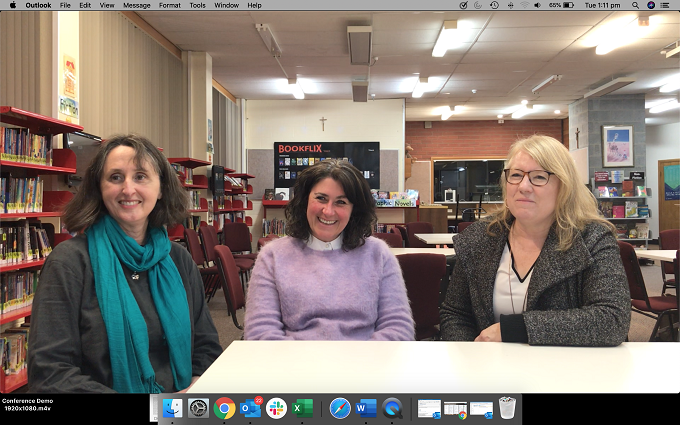Case study: Class Solver transforms the student placement process at Tasmanian school

The vibrant and diverse co-educational Catholic school, Dominic College in Hobart had a problem that most schools encounter at this time of the year – creating their class lists – an incredibly time-consuming and often frustrating process.
Click here to read our Term 3 issue.
They resolved this issue by introducing Class Solver the award-winning system that revolutionised the way students are allocated into classes as they move from grade to grade.
The Class Solver system seamlessly adapted to Dominic College’s existing approach to class placement, making it easy for staff to understand and transition to a digital solution. The program has saved them countless hours and given the school more confidence in the decisions they have made.
The idea for Class Solver began in 2013 by founder, Amy White after her daughter was placed in a classroom with no social support and since then Class Solver has worked with hundreds of educators to design, test and refine the most advanced system for creating class lists.
School News spoke with Amy who told us:
“We are all about the children… this is where it started with my daughter. When we saw how hard it was for the school, we had to find a better way. The staff who created the class lists were all working so hard and knew the kids so well – they just didn’t have the right tools to help them. They deserve better.”
Feedback from schools that have implemented Class Solver has been overwhelmingly and consistently positive and Dominic College are another establishment whose staff glow with praise about the system.
Jane Doyle, the Coordinator of Teaching and Learning K-2 for Dominic College revealed that the task of sorting students into classes used to be a long and gruelling paper task with the whole of term four devoted to manipulating the classes. She commented: “The new process melded well with the old paper system that we had in place previously to create classes which allowed for classroom teachers who know the children best to fully contribute.”
Selina Kinne, Director of Teaching and Learning K-10 recognised that the Class Solver program helped ensure that the classes were truly balanced and took into consideration all of the different academic, personality and pastoral issues that are so important when creating class lists.
Sue Cunningham, the Year 3-6 Teaching and Learning Coordinator, commented that the process is now much quicker and teachers are still able to contribute. As for how much Class Solver has improved the process, she said: “Out of sight, it has just streamlined the whole process, it’s much more transparent and people understand why decisions were made.”
All three educators indicated that the simplicity of Class Solver and how easy it is to use. Sue commented that “the layout is very clear, very logical, it didn’t need a lot of explanation”.
Jane said: “We love it. It saved us so much work, our teachers so much work, at such an important time of year”.
Amy added: “Class Solver is not just about saving time, it is about supporting educators to make the best decisions possible for their students. There’s a lot of academic research that shows the importance of class placement for both the well-being of the child as well as their academic performance. Schools should have the best tools to help them make the right decisions for their students. It feels great to be helping schools in such a meaningful way.”







